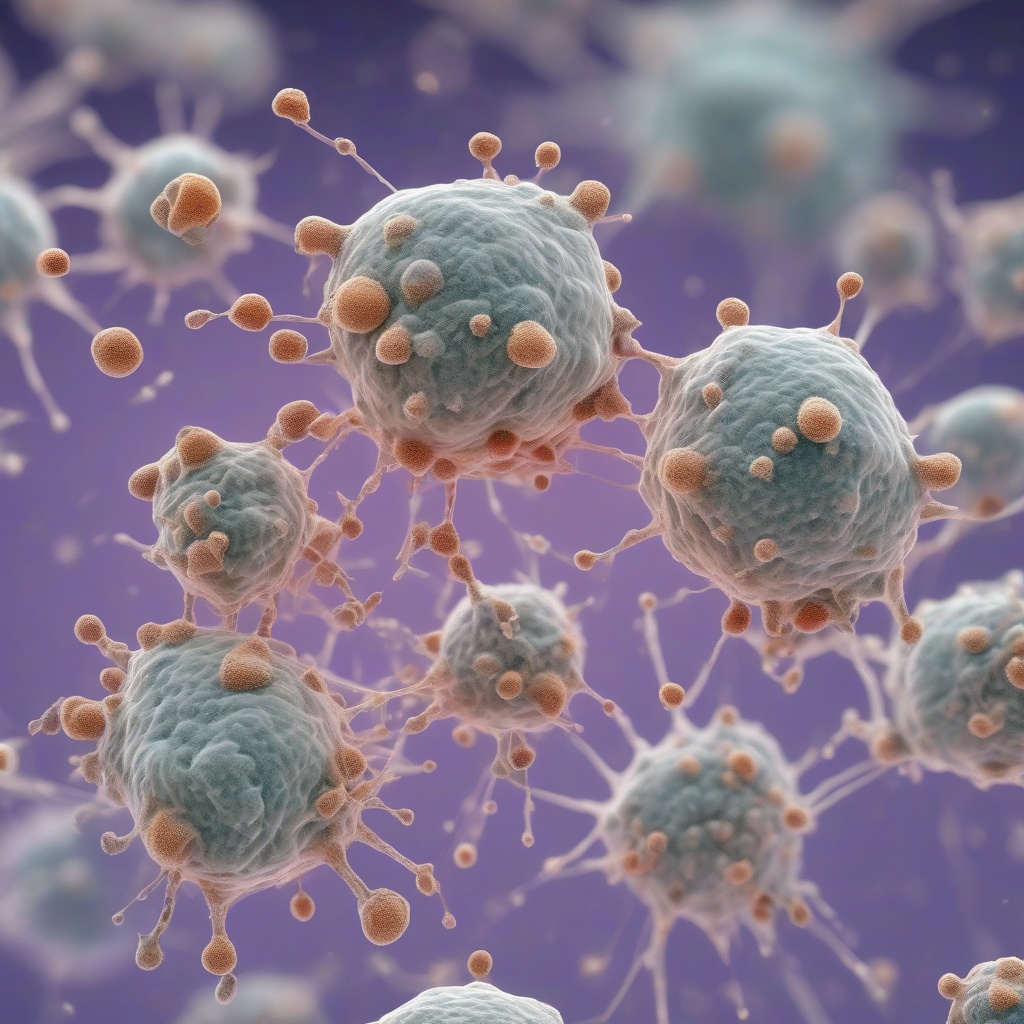Uncovering the Mysteries of Mast Cell Activation: IgE vs Nanoparticle-Mediated Responses Explained
Mast cells play a crucial role in our immune system, and their dysregulation has been implicated in various diseases, including allergies, asthma, and autoimmune disorders. One of the key mechanisms by which mast cells respond to stimuli is through degranulation, a process that releases histamine and other inflammatory mediators. While IgE-mediated activation is well understood, recent research has shed light on IgE-independent mechanisms, including nanoparticle-mediated responses. In this article, we will explore the differences between IgE and nanoparticle-mediated mast cell activation.
IgE-Mediated Mast Cell Activation
IgE-mediated mast cell activation is a well-characterized process that involves the binding of IgE antibodies to the high-affinity IgE receptor FcεRI on the surface of mast cells. This binding causes a conformational change in the receptor, leading to the activation of downstream signaling pathways that ultimately result in mast cell degranulation. The released histamine and other inflammatory mediators then cause a range of symptoms, from mild itching and hives to life-threatening anaphylaxis.
Nanoparticle-Mediated Mast Cell Activation
Nanoparticles, including silver nanoparticles (AgNPs), have been shown to induce mast cell degranulation, potentially through IgE-independent mechanisms. However, the impact of AgNPs on late-phase activation (i.e., release of cytokines and chemokines) is not well understood. Recent studies have investigated the effects of AgNPs on mast cell activation, revealing that they can induce the release of inflammatory mediators, including histamine, IL-4, and TNF-α.
Key Differences between IgE and Nanoparticle-Mediated Responses
While both IgE and nanoparticle-mediated responses lead to mast cell degranulation, there are key differences between the two mechanisms. IgE-mediated activation is a specific response to an allergen, whereas nanoparticle-mediated activation appears to be a more non-specific response. Additionally, IgE-mediated activation typically involves the release of histamine and other inflammatory mediators during the early phase of the response, whereas nanoparticle-mediated activation may involve the release of cytokines and chemokines during the late phase.
- Specificity: IgE-mediated activation is specific to an allergen, whereas nanoparticle-mediated activation is non-specific.
- Mechanism: IgE-mediated activation involves the binding of IgE antibodies to FcεRI, whereas nanoparticle-mediated activation involves direct interaction with the nanoparticle.
- Release of inflammatory mediators: IgE-mediated activation typically involves the release of histamine during the early phase, whereas nanoparticle-mediated activation may involve the release of cytokines and chemokines during the late phase.
Implications for Human Health
The discovery of nanoparticle-mediated mast cell activation has significant implications for human health. With the increasing use of nanoparticles in consumer products, there is a growing concern about their potential impact on human health. While the exact mechanisms of nanoparticle-mediated mast cell activation are still unclear, it is evident that further research is needed to understand the potential risks associated with nanoparticle exposure.
Recent studies have highlighted the need for further research into the effects of nanoparticles on human health. A study published in the journal Science Direct found that AgNPs can induce mast cell degranulation and release of inflammatory mediators.
Conclusion
In conclusion, mast cell activation is a complex process that involves both IgE-dependent and IgE-independent mechanisms. While IgE-mediated activation is well understood, nanoparticle-mediated responses are still being researched. Further studies are needed to elucidate the mechanisms of nanoparticle-mediated mast cell activation and to understand the potential risks associated with nanoparticle exposure.



